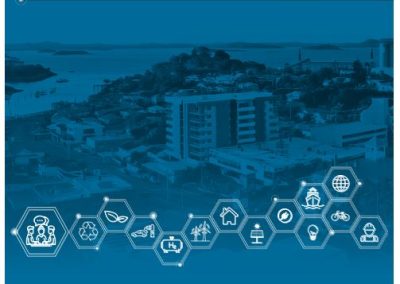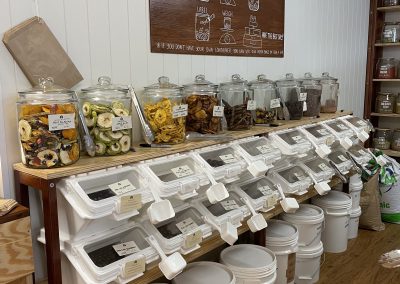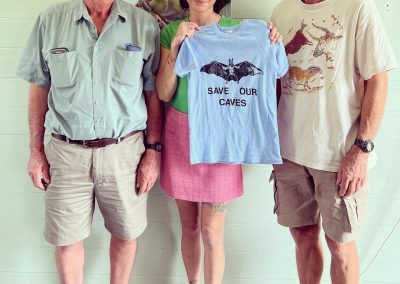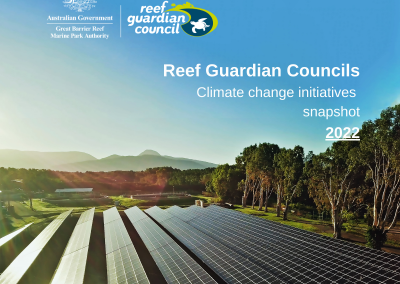Our plan for Drivers (People and Climate)
In August 2021, the Intergovernmental Panel on Climate Change released its 6th Assessment Report, Climate Change 2021: The Physical Science Basis. It unequivocally states our planet is warming due to human activity. As a result, our local and global weather patterns are changing, and while this presents very real threats to our coastline, communities, industries and natural assets, there is a lot we can do to prepare our region whilst also reversing other worrying trends. Practices that reduce or eliminate our contributions to climate change also provide significant benefits to ourselves and our natural assets – some immediate and many for the long term. These include improving our air quality, safeguarding our food production systems, and establishing regional water security. If we work together smartly, we can leverage our solutions to establish new industries that meet emerging and growing product and service demands, and most importantly, establish regional job security. The challenges include finding the connections between different sectors, knowledge systems and opinions, and taking the time to work them into effective models that deliver sustainably against the triple bottom line.
Key attribute – Livability and resilience
Goal 1 – Healthy people, environment and economy
- Target 1: ? X% of residents and businesses are actively adopting better management practices
- Target 2: ? Region's level of health and wellbeing is maintained or improving
- Target 3: ? The condition of natural sites and native species of cultural significance are maintained or improved
- Target 4: ? By 2030 X% of residents and businesses within the CQSS2030 region understand and are well prepared for changes in temperature, rainfall, and extreme weather events (climate)
Strategies:
| 16. Understand and address individual threats to maintain ecological services and values. |
| 17. Build knowledge, awareness and skills that minimise negative impacts on natural assets |
| 19. Promote and support business/lifestyle choices and practices that minimise negative impacts on our natural assets. |
| 33. Increase green spaces in populated areas |
| 18. Identify and protect priority sites and species of cultural significance (Local, regional, state and federal level) |
| 20. Understand and prepare for changes in temperature, rainfall patterns and extreme weather events (climate change) |
Achieving this target also benefits these assets and drivers:
Strategies:
| 16. Understand and address individual threats to maintain ecological services and values. |
| 18. Identify and protect priority sites and species of cultural significance (Local, regional, state and federal level) |
| 33. Increase green spaces in populated areas |
| 19. Promote and support business/lifestyle choices and practices that minimise negative impacts on our natural assets. |
| 20. Understand and prepare for changes in temperature, rainfall patterns and extreme weather events (climate change) |
Achieving this target also benefits these assets and drivers:
Strategies:
| 18. Identify and protect priority sites and species of cultural significance (Local, regional, state and federal level) |
| 16. Understand and address individual threats to maintain ecological services and values. |
| 20. Understand and prepare for changes in temperature, rainfall patterns and extreme weather events (climate change) |
Achieving this target also benefits these assets and drivers:
Strategies:
| 16. Understand and address individual threats to maintain ecological services and values. |
| 17. Build knowledge, awareness and skills that minimise negative impacts on natural assets |
| 33. Increase green spaces in populated areas |
| 19. Promote and support business/lifestyle choices and practices that minimise negative impacts on our natural assets. |
| 20. Understand and prepare for changes in temperature, rainfall patterns and extreme weather events (climate change) |
Achieving this target also benefits these assets and drivers:




